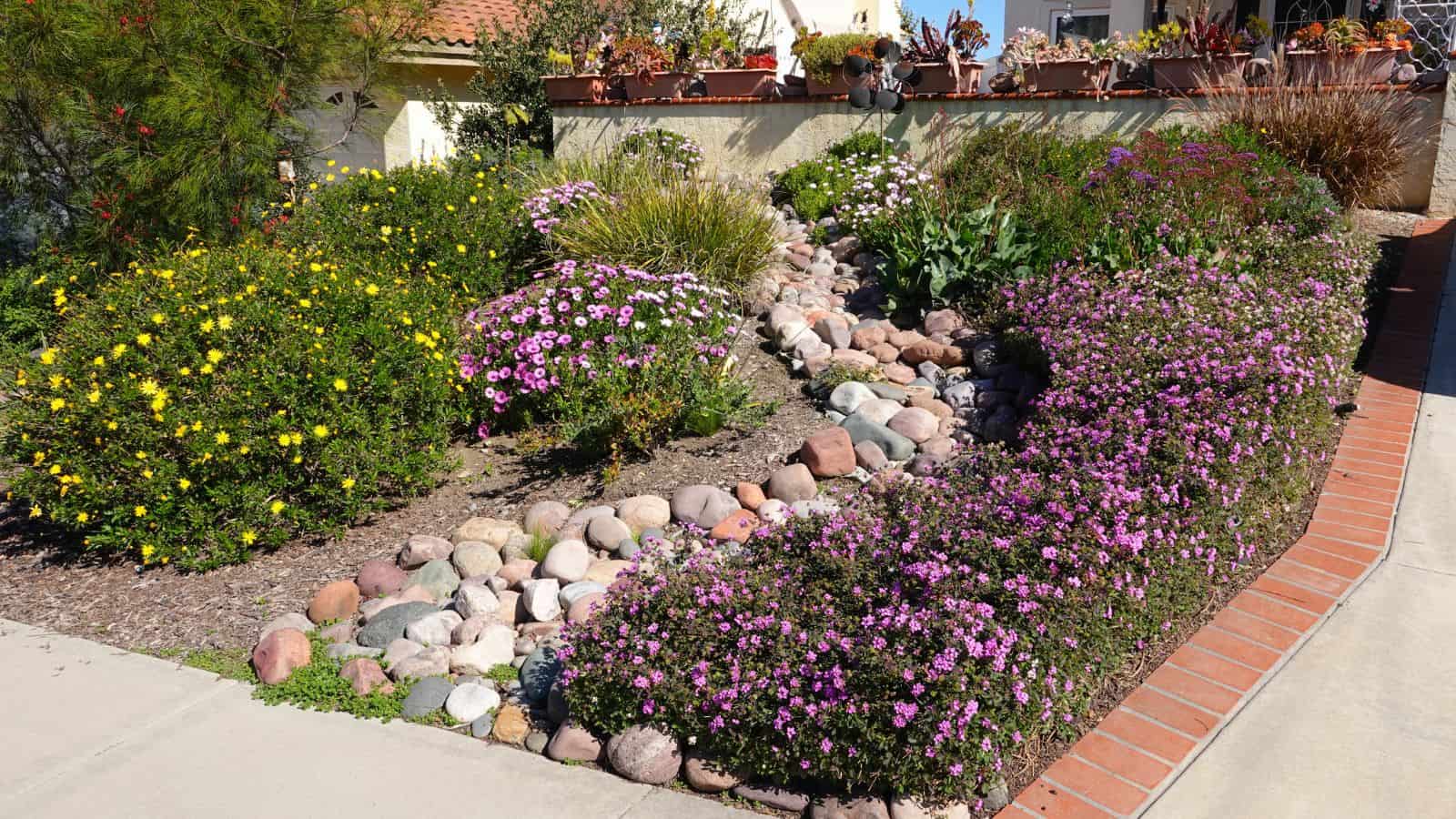Water conservation is becoming increasingly important, especially in areas prone to drought. Designing a water-wise landscape not only helps conserve this precious resource but also reduces maintenance and costs. Here’s how to create a beautiful, water-efficient garden.

Select Drought-Tolerant Plants
The cornerstone of a water-wise garden is selecting plants that thrive with minimal water. Native plants are often the best choice because they are adapted to the local climate. Succulents, lavender, and sage are excellent options for a water-wise garden. Group plants with similar water needs together to make watering more efficient.
Implement Efficient Irrigation
An efficient irrigation system can make a significant difference in water usage. Drip irrigation systems deliver water directly to the plant roots, minimizing evaporation and runoff. Install a timer to automate your watering schedule, and consider adding a rain sensor to prevent watering during rainstorms.
Use Mulch to Retain Moisture
Mulching is a simple yet effective way to conserve water in your garden. A layer of mulch helps retain soil moisture, suppress weeds, and regulate soil temperature. Organic mulches like wood chips, straw, and compost also improve soil health as they decompose.
Design with Hardscaping
Incorporating hardscaping elements like patios, walkways, and rock gardens can reduce the amount of water needed in your landscape. These features not only add beauty and functionality but also decrease the areas that require regular watering. Choose permeable materials to allow rainwater to seep into the ground, reducing runoff and recharging groundwater supplies.
